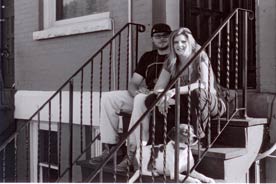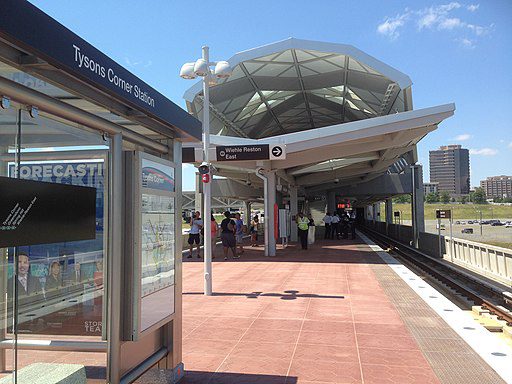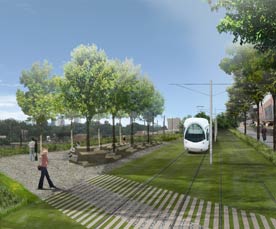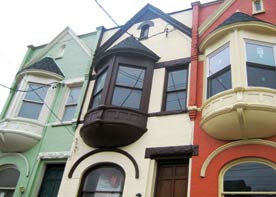Homeownership and the Asset Gap
Social policy in the United States has long focused on income-based measures of poverty and inequality. Since the late 1980s, however, there has been a growing attention to asset poverty and asset inequality and over the past few decades assets have been distributed more unevenly than income, and asset disparities have grown wider. According to a 2003 Census Bureau report, the average African-American family has net assets of only $9,750 while the average white family has $79,400.
Most of this difference is home equity. The average homeowner has net assets of $235,000 while the average renter has only $5,000.
This persistent and growing asset inequality is both a result and an ongoing cause of widespread inequality in access to homeownership. During the period following WWII, when federal programs made homeownership possible for the great majority of American families, these same programs were actively promoting racial discrimination in the housing market. By the mid 1960s, when overcoming discrimination became a key federal housing goal, federal programs were, ironically, no longer contributing to rising homeownership rates. The homeownership gap between white and minority households has not changed in decades and is projected to be higher in 2010 than it was in 1910.
This historical ownership gap today drives continued inequality in access to homeownership — and by extension continued asset inequality. Renters who want to buy homes face multiple barriers including credit barriers, income barriers, and asset barriers. But recent studies have shown that asset barriers are the most widespread.
Many young families overcome a lack of savings through gifts or loans from their parents or other family members. One-third of white first-time homebuyers receive financial support from a family member, but only 6 percent of African-American buyers receive family assistance, and those who do receive much lower levels of assistance. Families that didn’t benefit from asset appreciation through homeownership in prior generations therefore find that they are unable help the next generation access homeownership today. The high cost of housing and lack of family assets have largely taken the place of overt discrimination in preventing minority families from buying homes today — but the result is just the same.





Comments